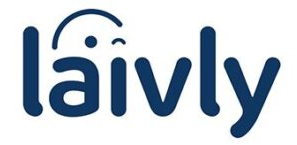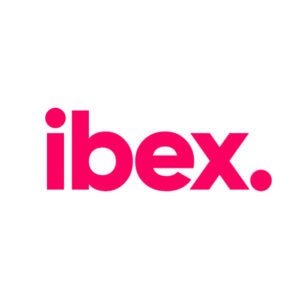Evaluating AI and automation solutions for your contact center can be a daunting task— especially with so many providers in the marketplace. Where do you even start? How do you identify which challenges to solve with AI, or which platform makes the most sense for your organization?
We’ve seen many different approaches to this process—the good, the bad, and the never-actually-got-started—but you don’t have to learn these lessons the hard way. As the provider of AI and automation solutions for the customer experience programs of multiple Forbes 500 companies, as well as BPOs of all sizes, we’re sharing some hard-won insights so you can successfully implement the right solution faster and start driving value from your investment right away.
Lesson #1: Perfect is the enemy of good, or: look out for analysis paralysis.
Many companies fall into the research trap. They spend so much time outlining all the potential use cases, analyzing the projected ROI, and assessing every new (and old) solution provider available in minute detail that months, quarters, even years pass before they make a move.
While you’ll want to have at least a rough outline of the challenges you’d like AI to solve (we’ll touch on that more later), we recommend starting small to prove value and, from there, building out an iterative roadmap. This approach reduces risk by making it easier to pivot and make changes as new findings are uncovered. Plus, a series of quick wins is better than multiple years of planning (with no results) or a massive implementation that’s no longer targeting the right goals by the time it launches.
Lesson #2: Build a solid foundation by learning to crawl, then walk, then run.
Start small to lay the groundwork for success. Choose one high-frequency use case and pilot a solution. Ideally, this would be something that provides significant agent value so they get comfortable using the tech and champion adoption. From there, you’ll be able to gather analytics and build a framework to implement further use cases organically.
To the extent possible, have use cases build off one another for an improved implementation process and a clearer overall business case. After all, an iterative roadmap targeting a series of incremental improvements can deliver truly meaningful impact.
Lesson #3: Do you want a faster horse or a car?
What type of solution are you picturing as you search through all the different AI and automation options for your CX tech stack? Many companies may just be imagining a faster horse, so to speak, not even realizing they could opt for a car instead.
Rather than just looking for ways technology can shave seconds off existing processes, think about entirely new processes that are only possible with technology. For instance, yes, an embedded AI solution in your CRM might improve AHT for calls where agents aren’t accessing other tools. But now imagine a layered AI option that can access all the same tools and screens as the agent—not just the CRM—taking entire case categories off an agent’s plate.
Lesson #4: Focus on the bigger picture: the customer experience.
Productivity is often the number one target of AI and automation use cases. That makes sense, because it’s easy to calculate the financial impact. But consider the bigger picture. How much is a customer’s loyalty worth? And is that loyalty affected by their experience with your contact center? To wit: you may not want to go all in on AI chatbots if they frustrate your customers while only marginally reducing the number of calls transferred to agents, anyway.
Technology makes it possible to create customer experiences that simply weren’t possible before. As an example, AI could analyze a customer’s full history at the start of a call and present the agent with a summary and personalized suggestions. Or, using call transcripts and automations along with finely tuned generative AI models, a brand could send personalized follow-up emails after every call.
Lesson #5: Choose a partner, not just a provider.
Maybe your use case is very simple, easily handled with a basic plug-and-play RPA solution. But sophisticated technology paired with constantly changing business processes means even a basic solution might come with its share of challenges. Make sure any vendor you choose will provide the support you need to find success. They should be able to help you define clear goals for a pilot or first use case, advise you on agent adoption strategies, troubleshoot and refine the solution, and more.
It’s also important to make sure your chosen vendor aligns with your company’s values. Questions around ethics and data privacy are hot topics, and you’ll want to know where any company you partner with stands on these issues. As technology evolves and advances, you’ll want to know you have a partner you can trust.



























































 TELUS Digital
TELUS Digital ibex delivers innovative BPO, smart digital marketing, online acquisition technology, and end-to-end customer engagement solutions to help companies acquire, engage and retain customers. ibex leverages its diverse global team and industry-leading technology, including its AI-powered ibex Wave iX solutions suite, to drive superior CX for top brands across retail, e-commerce, healthcare, fintech, utilities and logistics.
ibex delivers innovative BPO, smart digital marketing, online acquisition technology, and end-to-end customer engagement solutions to help companies acquire, engage and retain customers. ibex leverages its diverse global team and industry-leading technology, including its AI-powered ibex Wave iX solutions suite, to drive superior CX for top brands across retail, e-commerce, healthcare, fintech, utilities and logistics.






















 Trista Miller
Trista Miller




























